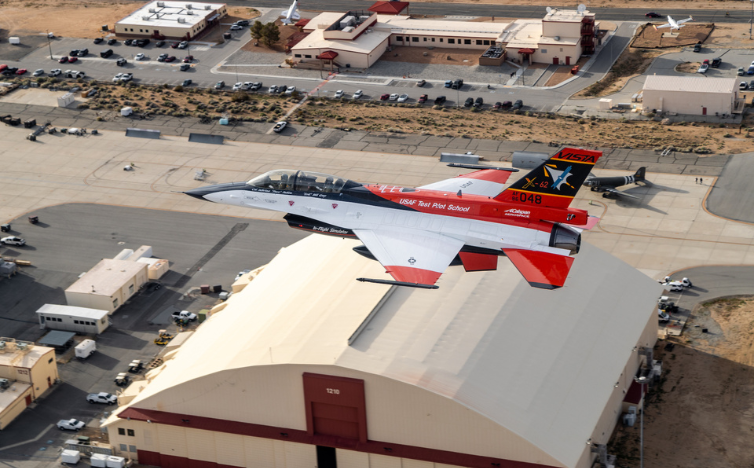Last week, Air Force Secretary Frank Kendall flew in a modified F-16 jet controlled by artificial intelligence (AI). The F-16 he was in was pitted against a pilot with up to 3,000 hours of flying experience. Kendall said the competition between them was quite close.
Kendall mentioned during the Ash Carter Exchange that the AI or automated system might have performed better than the less experienced pilot. These tests focused on visual range engagements, where aircraft are close together and pilots can see each other clearly. Kendall described this as shorter range and more maneuver-focused.
During the tests, the team tried out different versions of what they called “agents,” which could take control of the aircraft, perform maneuvers, and automate engagements. Kendall explained that he could initiate the automation from the front seat by pressing a button on his control stick. The goal was to position the aircraft advantageously for evasion or engagement.
Kendall noted that while the technology isn’t perfect yet, it’s making significant progress. They tested three different versions, all showing promising results, indicating they’re on the right track.
He highlighted some advantages of using AI, such as its tirelessness, lack of fear, relentlessness, and ability to handle vast amounts of data. However, he also emphasized that the AI still needs development.
The Defense Advanced Research Projects Agency (DARPA) has been testing AI algorithms using the X-62A VISTA aircraft as part of its Air Combat Evolution (ACE) program. Meanwhile, the Air Force is working on the Collaborative Combat Aircraft (CCA) program, which aims to develop next-generation drones with AI capabilities for both close and longer-range engagements.
Kendall mentioned concerns about AI acting without human approval but suggested ways to address ethical concerns while embracing automation. He proposed applying existing rules of armed conflict to these AI systems.
Source: Federalnewsnetwork




